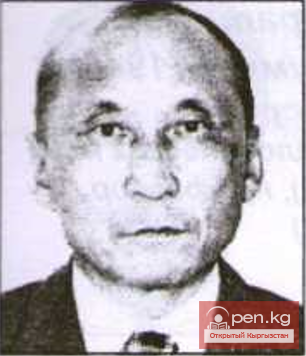Grebes — Family Podicipedidae
(little grebe, black-necked grebe, red-necked grebe, gray-cheeked grebe, great crested grebe). They are a family of waterfowl. It includes 22 species, three of which are extinct. The Russian name "поганка" (poganka) comes from the unpleasant taste of their meat, which has an unpleasant fishy smell.The sizes of grebes range from 23 to 74 cm, with an average weight of 120 to 1500 g. There are two main types of grebes: those with long, sharp beaks that primarily feed on fish and have long necks, while species that feed on aquatic invertebrates have shorter necks and beaks.

Great Crested Grebe
or Chomga. The largest of all grebes, weighing from 650 to 1400 g. The upper side of the great crested grebe is brownish-black, while the underside is white, with rusty-red shades on the sides and two white stripes across the wing. Especially characteristic of the great crested grebe are the chestnut-red collar on the neck and two tufts of feathers on the head (ears). In winter plumage, these tufts become shorter, and the collar completely disappears.For nesting, the great crested grebe chooses more or less extensive standing and slowly flowing water bodies with developed and well-sunlit aquatic vegetation and sufficient fish. An important condition for habitation is the presence of quiet open areas where the bird can hunt for fish, and adjacent reeds or bulrush where it can hide its nest and take cover from danger.
In spring, the grebe appears in nesting areas when the water bodies are free from ice cover and when favorable living conditions arise. In the southern part of our country, this is observed at the end of February, while in the northern regions of its range, it occurs in mid-March. The great crested grebe usually nests in separate pairs, but in large lakes, it sometimes forms large colonies. The nest is placed on the water; it is usually floating, less often resting on the bottom. The great crested grebe, like its relatives, has an interesting way of protecting its chicks from feathered predators, which are always plentiful in its habitat. Unlike ducks and coots, the grebe swims far away from the reed beds with its fluffy chicks to the middle of the water body and does not show concern when a marsh harrier or another predator appears. Only when the latter clearly intends to attack the brood does it dive, reappearing some distance away. The chicks dive with it, but not independently; they first climb onto its back and hide in its feathers. The chicks wedge themselves so tightly into the dense feathers, showing only the tips of their beaks, that the bird dives calmly with its precious cargo, not fearing to lose it underwater. Predators seem to know from experience the elusiveness of grebe broods and usually do not attempt to pursue them.
The autumn migration occurs in flocks in October. Unlike other grebes, the main food of the great crested grebe is fish, especially in autumn and winter. Additionally, amphibians, insects, crustaceans, mollusks, and asthenia obtained in the water are consumed. The chicks are primarily fed insects.
The great crested grebe is widely distributed. In Kyrgyzstan, it nests and winters in large numbers at Issyk-Kul, Son-Kul, Chatyr-Kul, as well as in the water bodies of the Chui Valley, in the reservoirs of Talas, Alaï, Osh, and Jalalabad regions. The great crested grebe nests and is found during migrations in water bodies throughout the republic.
Little Grebe
- a very small bird, slightly larger than a thrush. In breeding plumage, the upper side is black-brown, the flight feathers are brown, with significant white spots on the secondaries; the forehead and throat are black, the front and sides of the upper neck are chestnut-red; the underside is gray-brown, with the middle of the belly somewhat lighter; the underwing and lower wing coverts are white. In winter, the upper side is brown; the sides of the head and neck and the front of the neck are dirty ochre; the throat, lower chest, and belly are almost white, with a slight brown tint. Young birds are colored similarly to the winter plumage of adults but are generally paler, with the underside of the neck almost without ochre, and the underside even whiter, almost without brown. During the breeding season, it is easily recognized by the absence of a collar and crests, and by the reddish coloration of the cheeks and neck. In autumn, it differs from other small grebes by its predominantly ochre-red coloration. Weight is 110-370 g, length 25-29 cm, wing 9.0-11.1 cm, wingspan approximately 40 cm.The little grebe is a common resident bird or a short-distance migrant. It mainly inhabits small water bodies with standing or slow-flowing water and abundant vegetation (reeds, bulrush, sedge). It appears at nesting sites in late February to early March. Breeding begins in early May. Floating nests are built on the water among vegetation from decayed reeds. Clutches of 3-6 (usually 4-5) eggs occur in May. Young birds have been observed until early August. The dates of autumn movements are unknown.
It inhabits the central and southern parts of Eurasia, Africa, Madagascar, and Australia. In the southern part of its range, it is resident, while in the north, it is migratory. In Kyrgyzstan, it mainly nests in the Chui Valley and at Issyk-Kul, where it also winters. It is rarely found in the water bodies of Jalal-Abad and Osh regions.
Red Book

















































